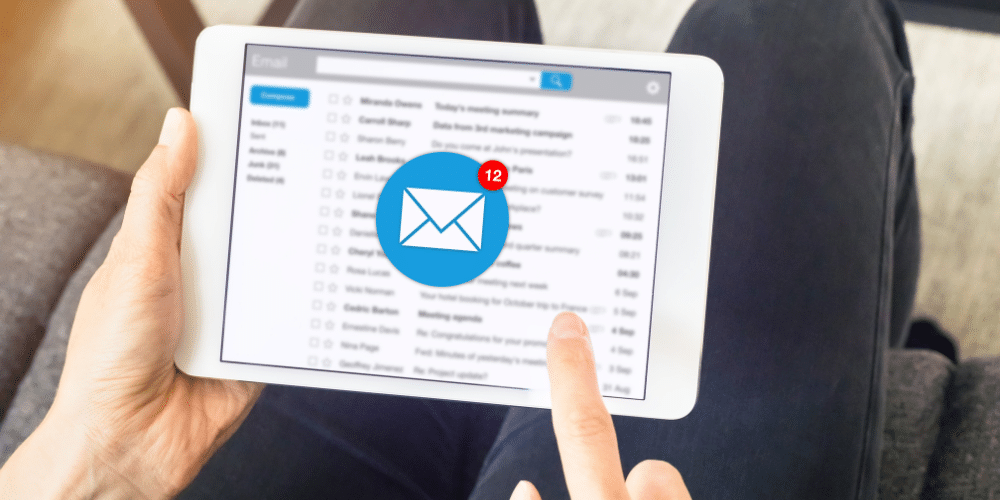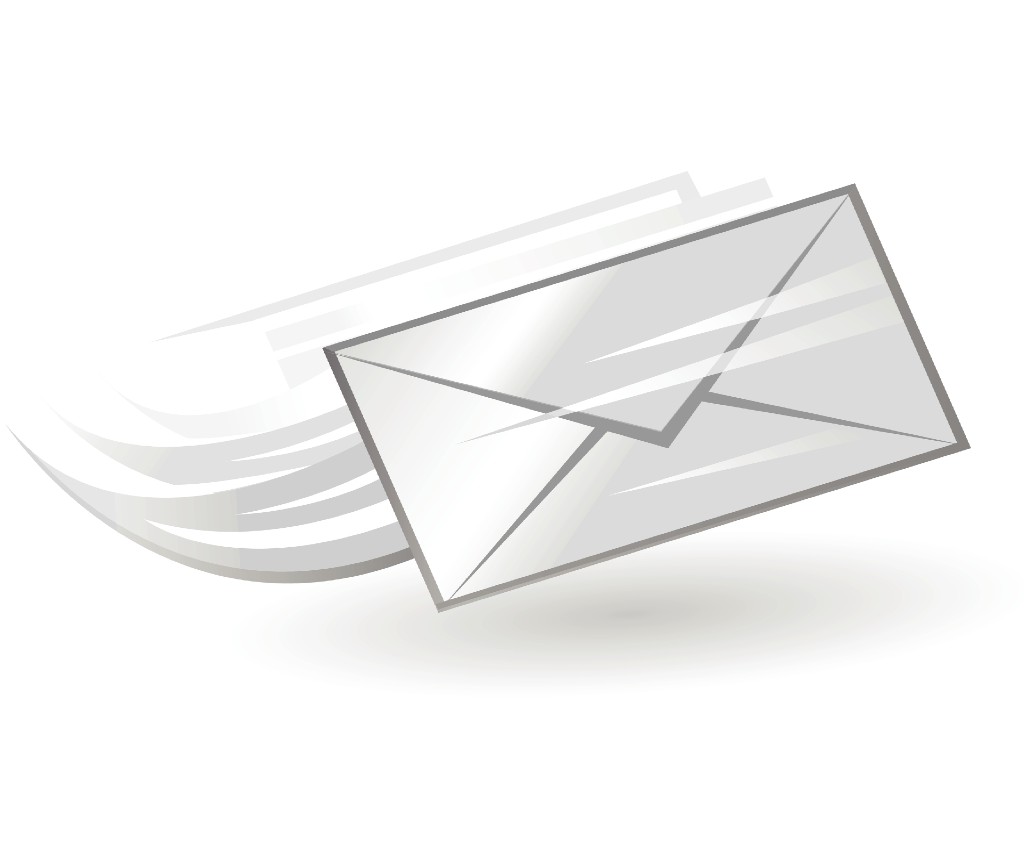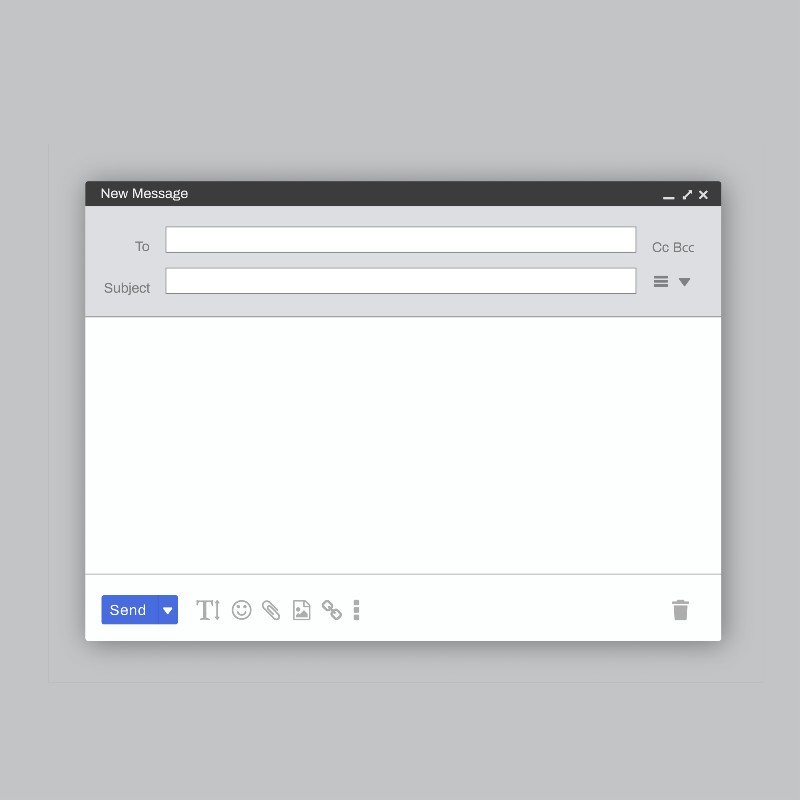Email Marketing Metrics: What Really Matters and How to Improve Them

In the ever-evolving landscape of digital marketing, email marketing remains a stalwart strategy for businesses seeking to connect with their audience. However, simply sending out emails isn’t enough; you need to measure your efforts effectively to ensure you’re getting the desired results. This is where email marketing metrics come into play.
In this comprehensive guide by the experts at Internet Marketing Geeks, we’ll delve deep into the world of email marketing services and metrics, helping you understand what really matters and providing actionable insights on how to improve them. Let’s begin.
The Importance of Email Marketing Metrics
Before we dive into specific metrics and their improvement strategies, let’s establish why email marketing metrics are so crucial.
Measuring Success– Email marketing metrics provide quantifiable data that helps you determine the success of your campaigns; they give you a clear picture of how your audience is engaging with your emails, allowing you to make data-driven decisions.
Continuous Improvement– Metrics provide insights into what’s working and what’s not. By analyzing these metrics, you can refine your email marketing strategy, making it more effective over time.
ROI Assessment– Understanding the metrics allows you to calculate the return on investment (ROI) for your email marketing efforts. This is crucial for justifying your marketing budget and optimizing your spending.
Segmentation and Personalization– Metrics help you segment your audience based on their behavior and preferences- this enables you to send more personalized and targeted emails, which tend to perform better.
Now, let’s break down the most important email marketing metrics and explore how to improve them.
Exploring The Metrics
Open Rate
What It Measures:
The open rate indicates the percentage of recipients who opened your email. It’s a fundamental metric that reflects the effectiveness of your subject lines and your email’s ability to pique recipients’ interest.
How to Improve It:
Craft Engaging Subject Lines- The subject line is the first thing recipients see, so make it compelling and relevant. Experiment with personalization, curiosity, and urgency to entice recipients to open your emails.
Segment Your List- Send targeted content to specific segments of your audience. When the content aligns with recipients’ interests, they are more likely to open your emails.
Optimize Send Times- Test different send times to determine when your audience is most active and likely to open emails.
Click-Through Rate (CTR)
What It Measures:
CTR measures the percentage of recipients who clicked on at least one link within your email; it provides insights into the effectiveness of your email content and the call-to-action (CTA).
How to Improve It:
Compelling Content- Create valuable and engaging content that encourages readers to take action. Highlight the benefits and use persuasive language in your email copy.
Clear CTA- Make your CTAs prominent and clear. Use action-oriented words and consider button-style CTAs for better visibility. You may want to look at these as examples of great CTAs.
Mobile Optimization- Ensure your emails are mobile-responsive, as a significant portion of email opens occur on mobile devices. Make sure your links and buttons are easily clickable on small screens.
Conversion Rate
What It Measures:
Conversion rate tracks the percentage of email recipients who completed a desired action, such as making a purchase, signing up for a webinar, or downloading a resource. It directly reflects the effectiveness of your email in achieving your goals.
How to Improve It:
Alignment with Goals- Ensure your email content and CTAs align with the specific goals of your campaign. Make it clear to recipients what action you want them to take.
A/B Testing- Experiment with different email designs, copy, and CTAs through A/B testing to identify what resonates best with your audience.
Landing Page Optimization- If your email leads to a landing page, ensure that the landing page is optimized for conversions. Match the messaging and design between the email and landing page.
Bounce Rate
What It Measures:
Bounce rate indicates the percentage of emails that were not delivered to recipients’ inboxes due to various reasons, such as invalid email addresses or server issues.
How to Improve It:
Clean Your List- Regularly clean your email list to remove invalid or outdated email addresses. Use double opt-in to ensure the accuracy of new subscribers’ email addresses.
Segmentation- Segment your list to send more targeted content. This reduces the likelihood of recipients marking your emails as spam, which can contribute to higher bounce rates.
Email Authentication- Implement email authentication protocols like SPF, DKIM, and DMARC to improve email deliverability and reduce bounces.
Unsubscribe Rate
What It Measures:
The unsubscribe rate is the percentage of recipients who opted out of receiving further emails from your organization. A high unsubscribe rate can signal issues with email content or frequency.
How to Improve It:
Frequency Management- Ensure that you are not bombarding your subscribers with too many emails. Allow them to choose their email frequency preferences when signing up.
Clear Unsubscribe Option- Make it easy for recipients to unsubscribe by including a clear and prominent unsubscribe link in your emails. Respect their choices promptly.
Feedback Mechanism- Provide an option for recipients to provide feedback when they unsubscribe. Use this feedback to improve your email marketing strategy.
Email List Growth Rate

What It Measures:
This metric quantifies the rate at which your email list is growing. It’s essential to maintain a healthy list and counteract natural attrition.
How to Improve It:
Opt-In Opportunities- Create opportunities for people to opt-in to your email list across various touchpoints, such as your website, social media, and events.
Content Upgrades- Offer valuable content upgrades, like eBooks, guides, or exclusive access, in exchange for email sign-ups.
Referral Programs- Encourage your existing subscribers to refer friends and colleagues by offering incentives or rewards for successful referrals.
Spam Complaint Rate
What It Measures:
Spam complaint rate tracks the percentage of recipients who marked your email as spam. A high spam complaint rate can harm your sender reputation and deliverability.
How to Improve It:
Permission-Based Lists- Only send emails to recipients who have explicitly opted in to receive them. Avoid buying email lists or sending unsolicited emails.
Relevant Content- Ensure that your email content is relevant and aligns with recipients’ expectations. Misleading or irrelevant content can lead to spam complaints.
Unsubscribe Option- As mentioned earlier, provide an easy way for recipients to unsubscribe. This can reduce the likelihood of them marking your emails as spam out of frustration.
Email Deliverability Rate
What It Measures:
Email deliverability rate indicates the percentage of emails that successfully reach recipients’ inboxes. It’s influenced by factors like bounce rate, spam complaints, and sender reputation.
How to Improve It:
Sender Reputation- Maintain a positive sender reputation by sending high-quality, relevant content and adhering to email best practices.
Authentication- Implement authentication protocols like SPF, DKIM, and DMARC to verify your email’s legitimacy, which can improve deliverability.
List Hygiene- Regularly clean your email list and remove inactive or unengaged subscribers to improve overall deliverability.
By understanding the significance of the metrics that we shared above and contacting us to help you craft the perfect strategy you too can take a leap forward in fostering business growth and sales!







